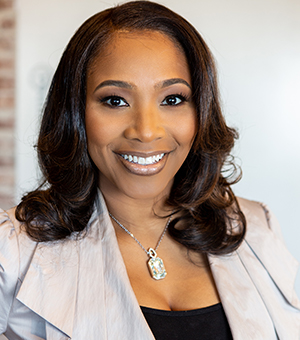Bedsores, also known as pressure ulcers, may sound like a minor affliction. However, when bedsores aren’t promptly identified and properly treated, the effects can be serious. In the United States, about 60,000 people die of bedsore-related complications each year. Others survive, but suffer serious systemic infections or even lose the affected limb.
Too often, these complications arise because hospital or nursing home staff have been negligent.
What Causes Bedsores?
Bedsores result from ongoing pressure that blocks blood circulation. They’re most often seen in bedridden patients, but can impact anyone who sits or lies in one position for an extended period. And, “extended period” may not mean what you think it means. In some circumstances, pressure ulcers can start to form in just a few hours.
For caretakers and healthcare providers, avoiding serious bedsore complications is a two-step process.
Who is at Risk for Bedsores?
Anyone who is immobile for extended periods is at risk for bedsores. However, certain medical conditions and other factors put some people at greater risk for more serious bedsores and complications. Some common examples include:
- Diabetes
- Anemia
- Low blood oxygen levels
- Neuropathy
The risk of progression of bedsores is also more significant among those with some form of cognitive impairment, since they may be less likely to notice worsening conditions and to remember to shift positions to prevent bedsores. In this situation, monitoring by caretakers and healthcare providers is especially important.
Preventing Bedsores
The first step, of course, is to protect residents and patients against bedsores. In part, that involves simple movement. For those who are able to move independently, this first involves education and encouraging frequent shifting of positions. For patients and residents who are bedridden, caregivers should ensure that they are repositioned frequently.
Other measures, such as using cushioned surfaces or padding parts of the body susceptible to bedsores can also reduce the incidence of bedsores.
But, bedsores are unlikely to be eliminated entirely. That’s why it’s so critical to monitor largely bedridden and largely sedentary people for bedsores and treat them promptly.
Treating Bedsores
Bedsores are broken out into four stages:
- Stage 1: Bedsores at this stage impact only the surface of the skin. They may be sore or itchy, and you may notice discoloration, texture, or temperature changes in that area of the skin.
- Stage 2: The sore penetrates further into the skin. The skin may be broken, or may blister and contain pus.
- Stage 3: The sore reaches fat tissue. You may see an open wound, and may notice an unpleasant odor and other signs of infection.
- Stage 4: The sore is larger and deeper–sometimes deep enough that muscle and tendons are visible. Signs of infection are visible, and skin may turn black.
Of course, treatment differs by stage. At stage 1, bedsores can often be mitigated simply by shifting pressure away from the area and monitoring. But, later stages require more aggressive treatment. At stage 2, that treatment may simply involve cleaning the wound, protecting it from infection and monitoring. At stage 3, removal of some tissue may be required and antibiotics may be necessary to treat or prevent infection. Recovery at this stage typically takes a month or more, and will require ongoing wound care. Stage 4 bedsores put the patient at risk of bone infection and other serious complications, and may require surgical intervention.
Quality of Care Impacts Pressure Ulcer Outcomes
Treating bedsores appropriately in the early stages can prevent progression to later stages, limit tissue damage, reduce complications, and even save lives. Unfortunately, many people who suffer from bedsores don’t receive timely and appropriate treatment.
It’s important for patients, nursing home residents, and family members and other loved ones to monitor identification and treatment of bedsores closely. The most recent hospital safety grade data from Leapfrog reveals that 12 of 30 Atlanta-area hospitals have higher rates of dangerous bedsores than the national average. In some cases, the rates are more than double the average.
Early identification and treatment can make all the difference.
If you or a loved one has suffered complications from bedsores that went unnoticed or weren’t properly treated, you may be entitled to compensation. Talk to an Atlanta medical malpractice or nursing home negligence attorney to learn more about your rights and options.
Atlanta attorney ReShea Balams fights for maximum compensation for people who have been injured through someone else’s negligence, including victims of medical malpractice and nursing home negligence. The Balams Firm offers free, no-obligation consultations so injury victims can gather the information they need to make good decisions in difficult times. You can schedule yours right now by calling 855-352-2727 or filling out the contact form on this page.










